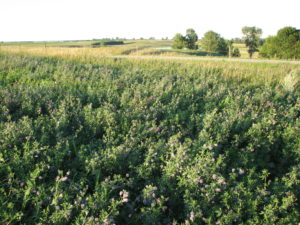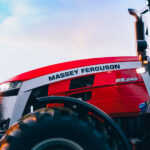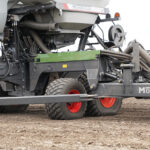Effective Alfalfa Stand Management
By Darren Goebel Alfalfa is a crop that responds well to management. Growers should plan to manage alfalfa differently, however, depending on its planned use, yield goals and how often it is acceptable to refresh the stand. Stand establishment, fertility...
Effective Alfalfa Stand Management
By Darren Goebel Alfalfa is a crop that responds well to management. Growers should plan to manage alfalfa differently, however, depending on its planned use, yield goals and how often it is acceptable to refresh the stand. Stand establishment, fertility...By Darren Goebel
Alfalfa is a crop that responds well to management. Growers should plan to manage alfalfa differently, however, depending on its planned use, yield goals and how often it is acceptable to refresh the stand. Stand establishment, fertility and cutting management are the three main tools growers can use to affect quality, yield and stand persistence, with cutting timing having the biggest impact on the these characteristics.
Relative feed value, a measure of quality, is highest when alfalfa is cut at the bud stage. This is especially important when growers are raising alfalfa for dairy cows, since dairy cows need the very best ration in order to maximize milk output. One consequence of repeatedly harvesting at the bud stage, however, is that alfalfa stands will need to be reestablished more often, since the plant doesn’t have time to adequately recover between cuttings. Yield per cutting will also be reduced when cutting at the bud stage. However, since an additional cutting per year can usually be taken, total yield per acre per season will be pretty similar to cutting at full bloom. For growers who want to optimize stand, quality and yield, cutting at 10% bloom is a good alternative. Cutting at this stage provides acceptable hay for beef cattle and horses.
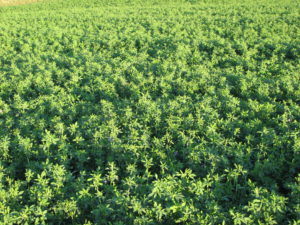
No matter what your management plan, eventually stand density will decrease. Plant and stem counts should be conducted periodically to determine the yield potential of a field. When alfalfa growth is 4 to 6 inches in height, use stem counts (stems per square foot) as the preferred density measure. Count only the stems expected to be tall enough to mow. A stem density of 55 per square foot has good yield potential. Expect some yield loss with stem counts between 40 and 50. Consider replacing the stand if there are less than 40 stems per square foot and the crown and root health is poor. Older stands typically have fewer plants per square foot, but older plants produce more stems than younger plants.
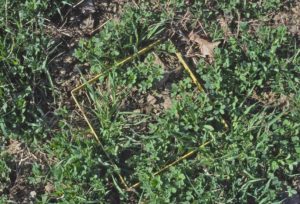
When replacing alfalfa stands, rotate to corn or small grains for a minimum of one year to avoid auto-toxicity. If you plan to go back to alfalfa, check pH, P, and K levels before reseeding. It is very important to maintain medium to high nutrient levels and pH should be maintained as closely to 7 as possible. Due to alfalfa seed size, seed to soil contact is critical, so seedbeds must be thoroughly prepared to prevent clods. A Sunflower® 6333 land finisher or 6830 rotary finisher with reel is the ideal alfalfa seedbed preparation tool. Seed alfalfa to a ¼ to ½ inch depth on clay or loam soils and ½ to 1 inch depth on sandy soils. A Sunflower 9610 grain drill with legume seeder paired with a Fendt tractor is the perfect combination to plant alfalfa accurately.
